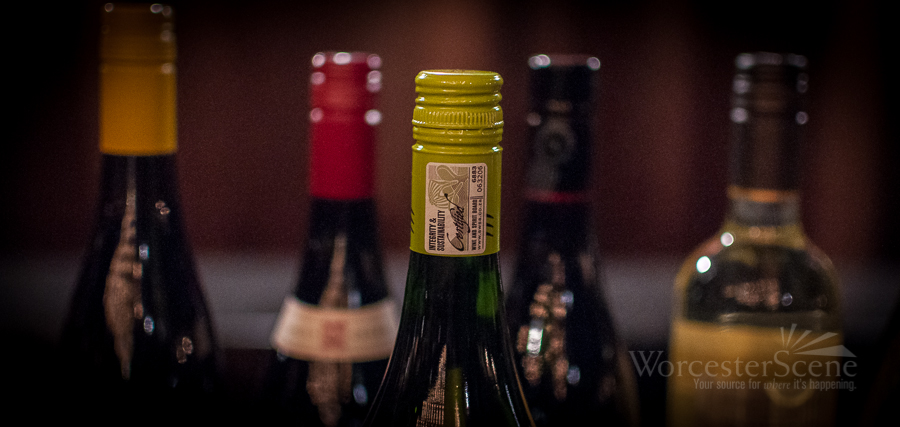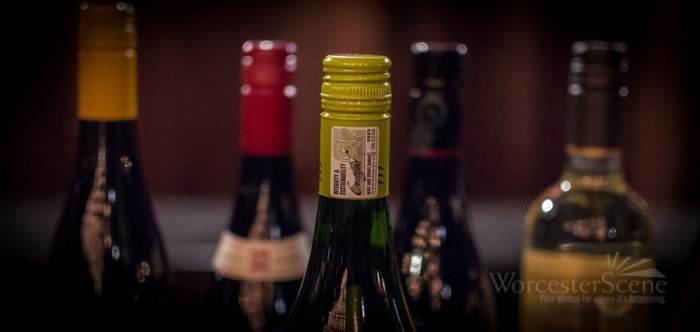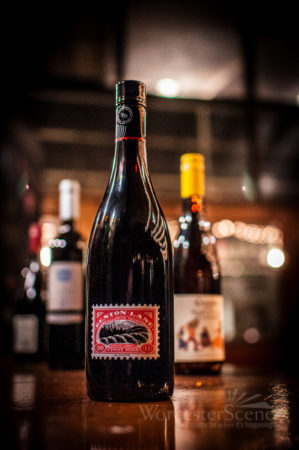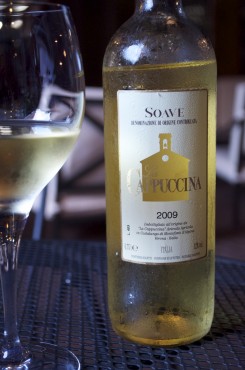
 Wines and their labels: they can seem endless and quite daunting to understand. As if pronouncing French Chateaus, German regions, and Italian grapes wasn’t difficult enough, now there are organic, sustainable, and biodynamic labels to decipher, as well. In this article, we are breaking down the different eco-friendly wine production methods, what they mean, and how they differ.
Wines and their labels: they can seem endless and quite daunting to understand. As if pronouncing French Chateaus, German regions, and Italian grapes wasn’t difficult enough, now there are organic, sustainable, and biodynamic labels to decipher, as well. In this article, we are breaking down the different eco-friendly wine production methods, what they mean, and how they differ.
Organic
Organic as defined by the USDA is an “agricultural product has been produced through approved methods that integrate cultural, biological, and mechanical practices that foster cycling of resources, promote ecological balance, and conserve biodiversity. Synthetic fertilizers, sewage sludge, irradiation, and genetic engineering may not be used.” With a definition like that, it is no wonder why this “trend” is catching on. The fact that those ingredients even need to be mentioned reveals that there is a lot of nasty stuff being put in the products we consume, including our favorite adult beverages. You may see the USDA Organic certification on wine, but not often. The USDA “Organic Wine” label is a certification guaranteeing that all grapes are 100% organic and processed in a certified organic facility. But is also guarantees that the wine won’t last very long, because no added sulfites are permitted, and sulfites are what preserve wine. Clearly, this is not a best business practice, so producers tend to use the USDA “Made with Organic Grapes” Label, which does allow the use of minimal sulfites. Alternatively, many producers choose a third-party organic certification label such as CCOF (California Certified Organic Farmers) or Oregon Tilth, to meet their needs. Organic farming alone has more to do with the use, or lack thereof certain ingredients, including chemical pesticides and fertilizers. To many farmers and producers, this is not a well-rounded enough model of eco-friendliness and look to other methods of green production.
Sustainability
Sustainable agriculture is defined as “of, relating to, or being a method of harvesting or using a resource so that the resource is not depleted or permanently damaged.” Whereas organic farming is primarily concerned with the integrity and naturalness of product and land, sustainability is concerned with preserving resources for future generations. Essentially, if you are good to the land, the land will be good to you. This may seem cliché, but it is a common and quite successful business practice. If you are good to your employees, they will be good to you. Sustainable producers invest in continued education, offer competitive wages and healthcare. In return, they have low turnover, with loyal and productive employees. Sustainable farmers may invest a large sum of money into water conservation and energy conservation, but the return on investment is tenfold when they are paying next to nothing for water and energy bills. This is just the tip of the iceberg as far as sustainable practices, but basically, sustainability is conserving and recycling resources in the most efficient and economically-sound way. For further details and information, third-party sustainability certification labels to look for are LIVE (Low-Input Viticulture & Enology, OR), VINEA of Walla Walla, WA, and SIP (Sustainability in Practice, CA). Most wine producers find sustainability the perfect balance of environmental and business care. Then there is Biodynamic farming, and this is where it starts to get weird…
Biodynamic
Demeter, the only internationally recognized Biodynamic Certifier, describes Biodyamic farming as “managing a farm utilizing the principles of a living organism. A concise model of a living organism ideal would be a wilderness forest… While agriculture takes nature to a state that is one step removed from wilderness, the wisdom of the farmer that guides its course can reflect these ancient principles of sustainability”. All joking aside, biodynamic farming is not weird, it just has a spiritual component that is simply not for everyone. If organic farming intends to do no harm, and sustainability intends to preserve the land, then biodynamic farming intends to heal the land. This healing process happens by creating an ecosystem where diverse plants create diverse soil, beneficial insects pollinate these plants, birds prey on destructive insects and pests, and natural by-product waste is used for composting to fertilize soils for these diverse plants, returning to the circle of life and biodynamic farming. This may go without saying, but Demeter is the strictest of the certification processes, and it is so well-developed, no other biodynamic certifications of significance have been created.
The great part about this green movement in wine, is that it doesn’t actually cost the consumer more money. These wineries pay the initial cost to develop these practices, but those costs are not incurred by wine drinkers. (Cheers to that!) So, decisions, decisions. Whatever you choose, do beware of labels that use eco-friendly statements, but carry no eco-friendly certifications. They may be riding the green train all the way to the bank, taking advantage of your conscientious nature. The best way to learn about a wine producers philosophies and green practices is to simply check out their websites. Most of them are incredibly easy to navigate, and offer more than enough information. Except the French websites, but we won’t get into that. Luckily, there really is no right or wrong decision when it comes to wine. You can choose to support a cause or you can simply choose to enjoy a delicious wine, both are great options!




